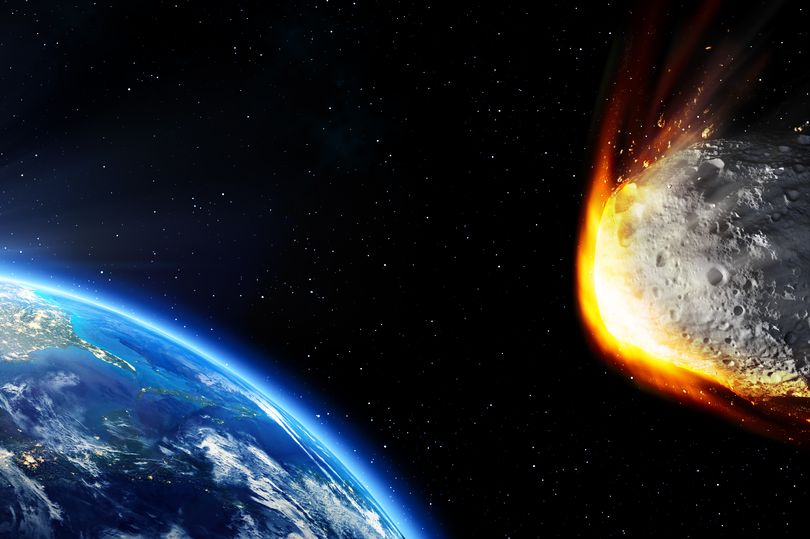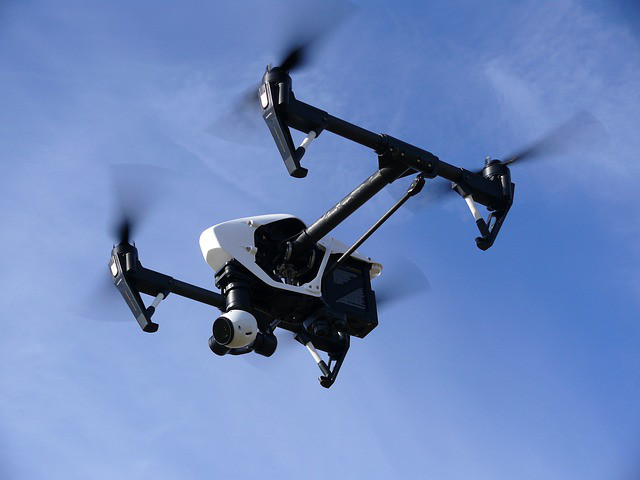
A Giant asteroid 3200 Phaethon is due to brush ‘quite close’ to our planet on December 17, Russian astronomers have revealed.
It will pass within 6.5 million miles of the Earth, which is relatively close in space terms, but still around 27 times the distance of the moon.
Scientists at NASA’s Jet Propulsion Laboratory are planning to use the opportunity to obtain a detailed 3D model of the asteroid, which has a particularly irregular shape.
What is 3200 Phaethon?
First detected in December 2007, 3200 Phaethon is widely thought to be the parent body for the Geminid meteor shower, which this year is due to peak on the night of December 13.
This would make the Geminids one of only two major meteor showers not originating from a comet – the other being the Quadrantids in January.
The main difference between asteroids and comets is their composition. Asteroids are made up of metals and rocky material, while comets are made up of ice, dust and rocky material.
Comets which approach the Sun lose material with each orbit because some of their ice melts and vaporises to form a tail.
Although 3200 Phaethon appears asteroidal most of the time, it occasionally shows low levels of activity when it approaches the sun, leading some astronomers to suggest it’s an inactive comet nucleus.
As the asteroid’s approach next month will be the closest to Earth since 1974, scientists will be watching closely to try to detect the “skirts” seen in radar observations of active comet nuclei.













